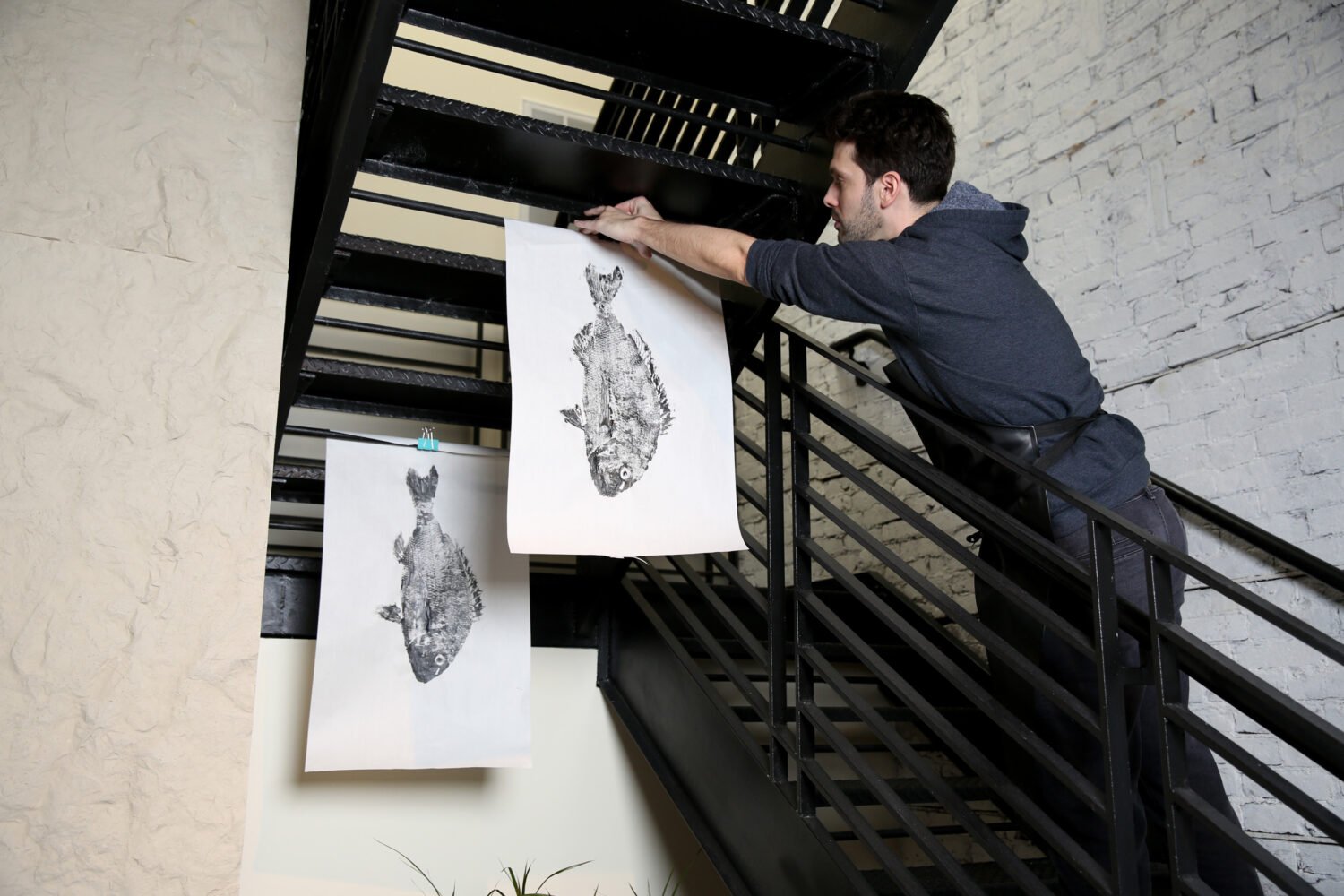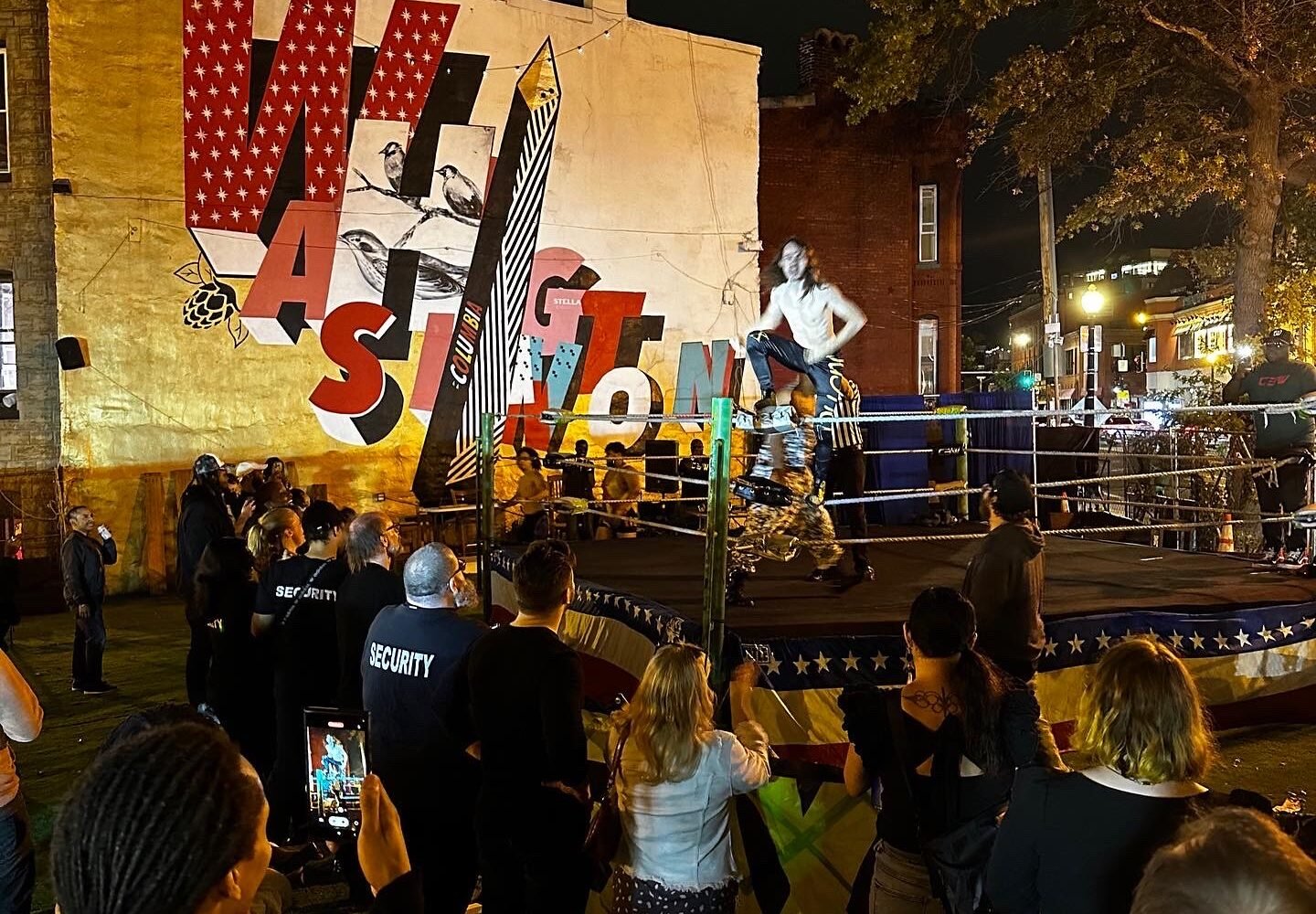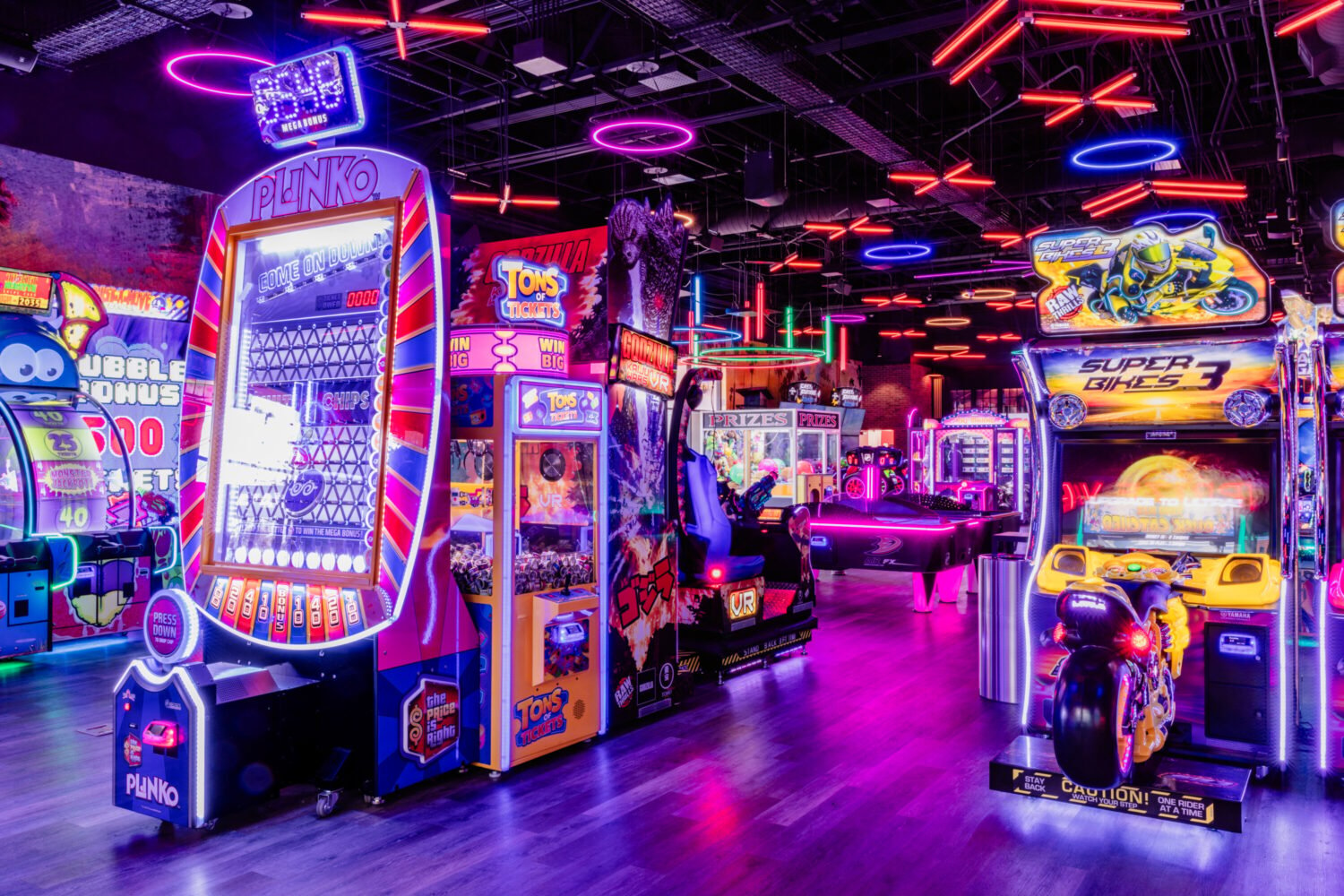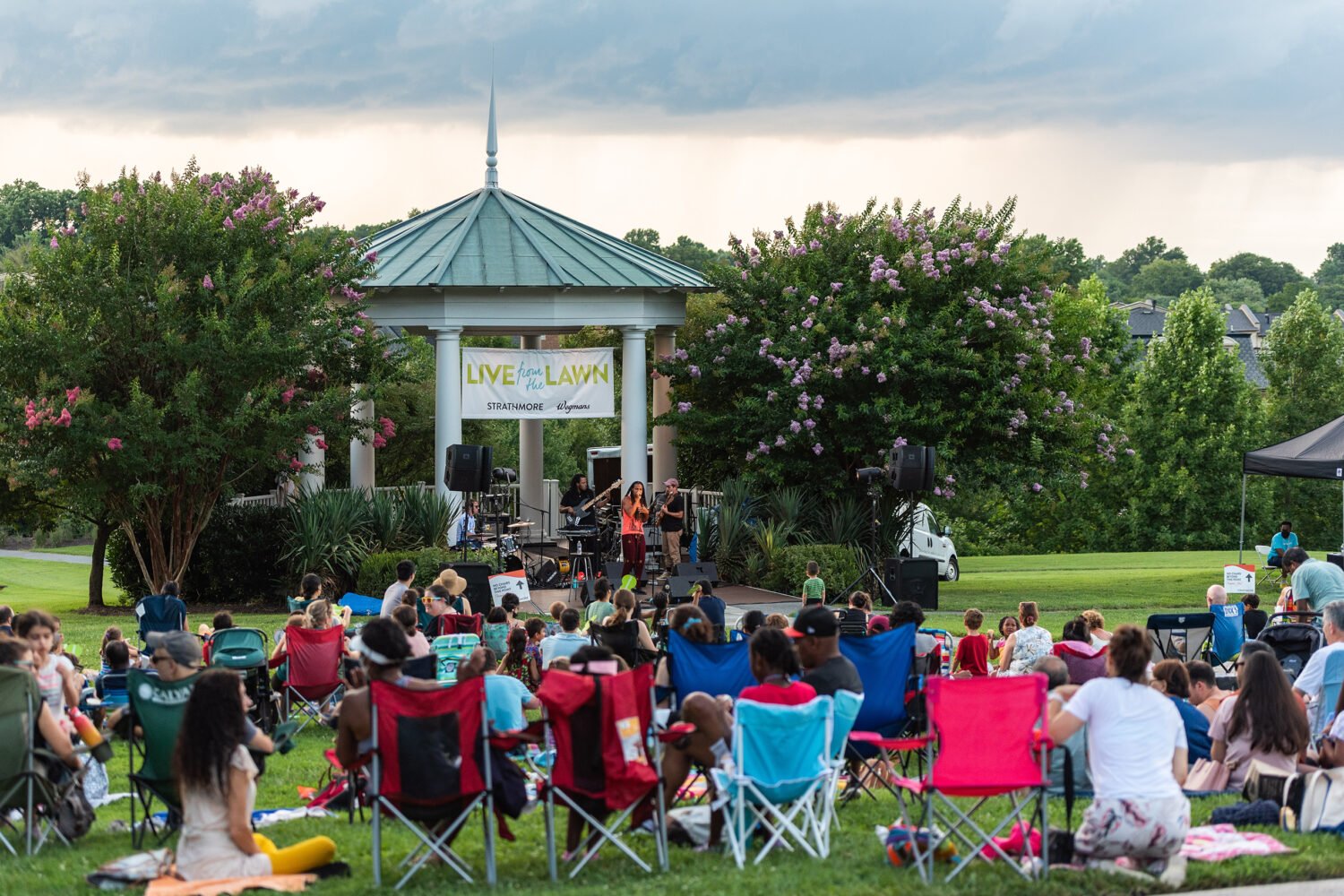Every year, the DC Preservation League announces a list of the most endangered places in Washington–buildings that have some sort of cultural significance but are at risk of demolition due to abandonment or neglect. These places have now been immortalized in an exhibit by the Historical Society of Washington, DC. “For the Record: Artfully Historic DC” opens Wednesday, featuring 75 paintings and photographs depicting the city’s most endangered places. Here’s a selection of works from the exhibit.

About 550 structures were built between 1854 and 1930 in the Anacostia Historic District, including the dentist’s office pictured above. Many buildings from this time period show signs of abandonment–which the Historical Society attributes to “general civic disinvestment in the working-class African-American communities” in the area. As developers push east of the Anacostia River, these buildings are at increased risk of being torn down–or competing with new structures inconsistent with the Italianate detailing that has come to identify Anacostia.

This building is one of Shaw’s oldest mid-19th-century buildings. Constructed in 1892 by Washington architect Appleton P. Clark, this Romanesque-style row house was nearly demolished in 2014, when developers sought to build two hotels in its place. The DC Preservation League stepped in and saved the structure.

DC’s main public library was designed by Ludwig Mies Van der Rohe and is the only building in Washington designed by one of the master Modernist architects–a recognition shared by the likes of Mies, Le Corbusier, and Frank Lloyd Wright. Though the DC government has announced its intention of modernizing the building, the Historical Society says a lack of maintenance continues to threaten the structure’s integrity.

Though it’s a great example of Shingle style architecture, the Washington Canoe Club shows clear signs of deterioration. Its windows and window frames need repair; the roof must be replaced; and its floors and walls are damaged. The problem? It’s unclear who owns the building, according to the Historical Society. Neither the Washington Canoe Club or the National Park Service have invested in restoration. And in 2010, the Park Service declared the building unsafe for occupancy. It has since launched plans for rehabilitation, but doesn’t have enough cash to actually do the work.
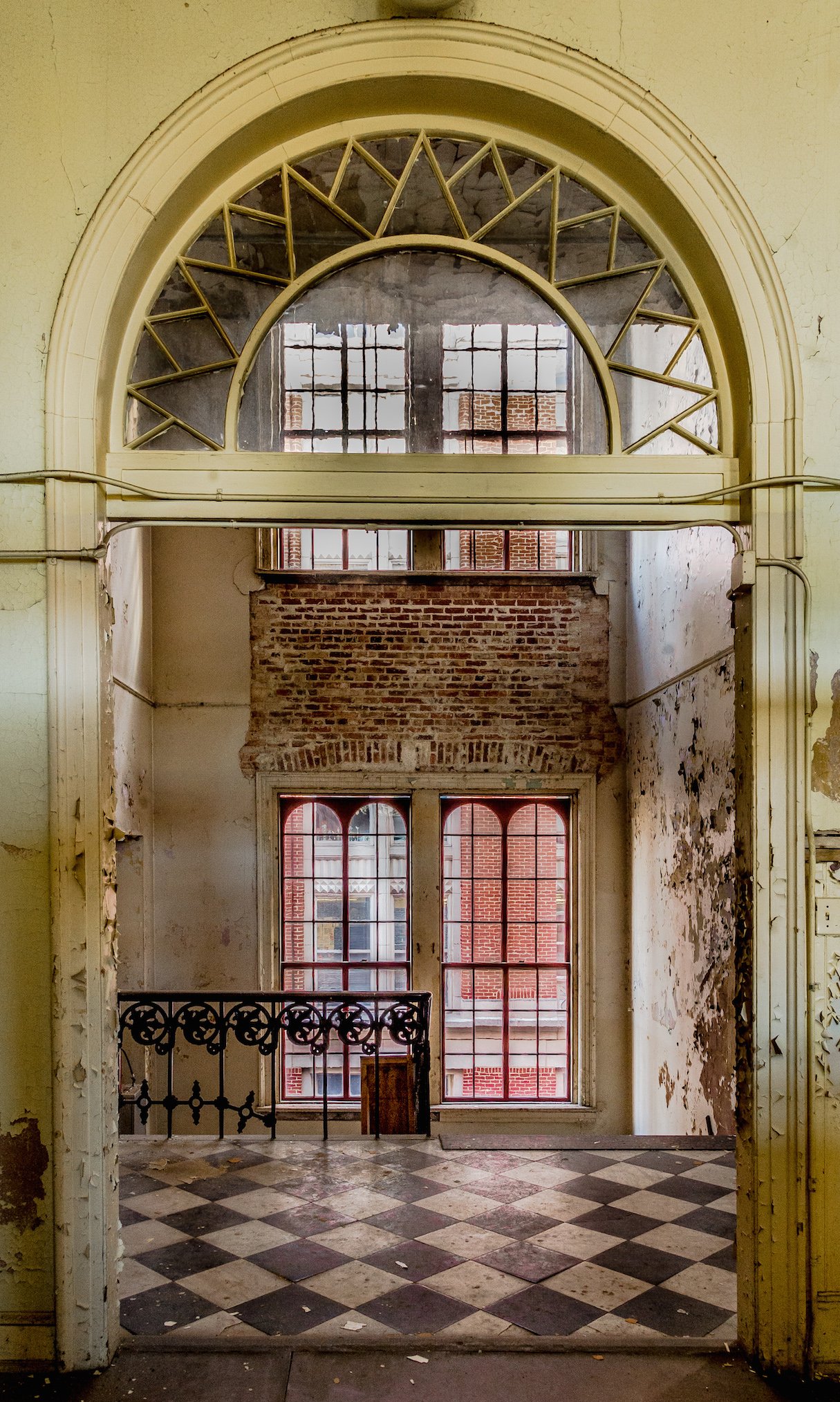
From the outside, the nearly 150-year-old Benjamin Franklin School at 13th and K Street, Northwest, looks like it’s in great condition. But that’s only because the DC government restored its exterior in the early 2000s. The inside, however, has been neglected. The building that once won design awards across Europe–and was hailed across the world as an ideal model for modern school buildings–now has a crumbling interior.

This digital image montage, called “Folklife in Deanwood,” depicts the Strand Theater at 5131 Grant Road, Northeast, which once housed stores, a pool room, and a dance hall. It was the first movie theater built in the neighborhood, but the empty building has been deteriorating for decades. Rumors float about commercial redevelopment.

Founded in 1838, the Metropolitan African Methodist Episcopal Church was incredibly important in the abolitionist movement, advocating for race equality and the end of slavery. The church, known as as the “National Cathedral of African Methodism,” was built with donations from church members. Though it was the site of important historical events, including Frederick Douglass’s funeral, today the church lacks funds to make much-needed repairs.
“For the Record: Artfully Historic” DC runs from April 22 to May 27 at the Historical Society of Washington, DC. Open Tuesday through Friday, 10 AM to 4 PM. Admission is free.

